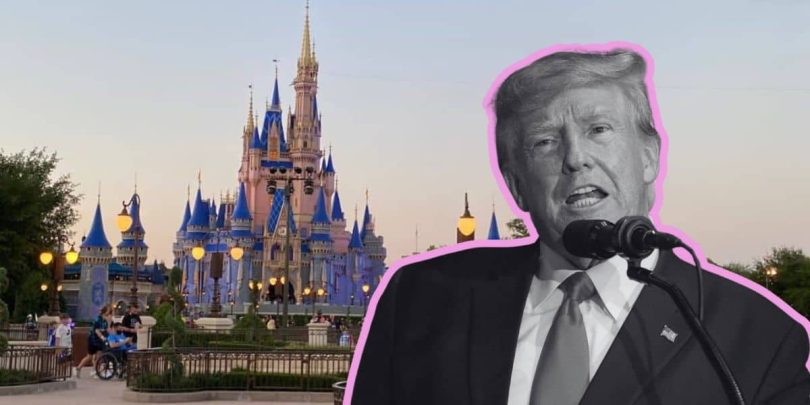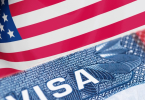Impacts of the New Tourism Tax
Introducing a new tourism tax, buried within Donald Trump’s sweeping legislation known as the “One Big Beautiful Bill,” raises significant concerns for the U.S. travel industry. This bill includes a Visa Integrity Fee of $250, which targets international travelers entering the United States. Notably, this fee is non-refundable, placing an additional financial burden on individuals looking to visit.

Implementation of this fee highlights challenges related to its collection. Questions abound regarding how and where the Department of Homeland Security (DHS) will collect this fee, as it lacks jurisdiction over the visa application process. The U.S. Travel Association voiced concerns, stating that the bureaucratic complications could lead to confusion among travelers and operators tasked with collecting the fee.
Anticipations surrounding the effects on international travel are grim. With the additional financial hurdle, potential tourists may seek alternative destinations, further diminishing the number of travelers to the U.S. amid an already challenging landscape.
Decline of International Tourists
The travel industry is currently grappling with a stark decrease in international visitors. Recent statistics reveal a sharp decline, confirming that the United States is unique in its downturn compared to other global tourism markets, which are experiencing growth. The World Travel & Tourism Council (WTTC) projected an 8.2 percent drop in visitors, equating to astonishing financial repercussions.


Analysts anticipate a loss of approximately $29 billion this year due to decreased tourism in the U.S. economy. This figure starkly contrasts with earlier forecasts of increased spending by international travelers, signaling a swing of almost $46 billion in expected revenue.
As concerns mount regarding ongoing travel policies under Donald Trump’s administration, the overall outlook for U.S. tourism continues to dim. This affects not only tourist destinations but also local economies heavily reliant on visitor spending.
Effects on Theme Park Attendance
Major theme parks, iconic destinations in the tourism sector, are feeling the strain from declining attendance due to the anticipated impacts of the new tourism tax and overarching policy changes. Disney World and Universal Orlando have already reported significant decreases in guest numbers, reflecting broader trends affecting the entire industry.


Smaller regional attractions also face a similar predicament, with many reporting double-digit drops in attendance early in the summer season. These declines affect immediate revenue streams and pose long-term implications for the industry’s financial health.
The cascading effects of fewer visitors may hinder capital investments, expansion plans, and operational improvements essential for maintaining competitiveness and enhancing visitor experience.
Concerns from the Travel Industry
The travel industry has voiced apprehensions regarding the compounding effects of Trump’s policies on international tourism. The U.S. Travel Association has responded to the potential impacts of the new tourism tax, pointing to the substantial decreases in expected revenue as a troubling forecast for the future.


Industry experts predict that if current trends persist, the U.S. travel sector could face ongoing challenges in attracting international travelers. As travel remains fundamentally a discretionary expense, increased costs through tourism taxes may deter individuals from visiting, further solidifying the market’s decline.
With potential changes in tourism policy looming, stakeholders in the travel industry call for strategic considerations to enhance the U.S.’s attractiveness as a travel destination. Balancing taxation with incentives may be crucial in reversing the industry’s current downward trajectory.
Ultimately, introducing the tourism tax alongside Donald Trump’s policies presents a convergence of factors that could have lasting implications for international travel, the economic vitality of tourism-driven sectors, and the broader cultural exchange that international visitors foster within the United States.










